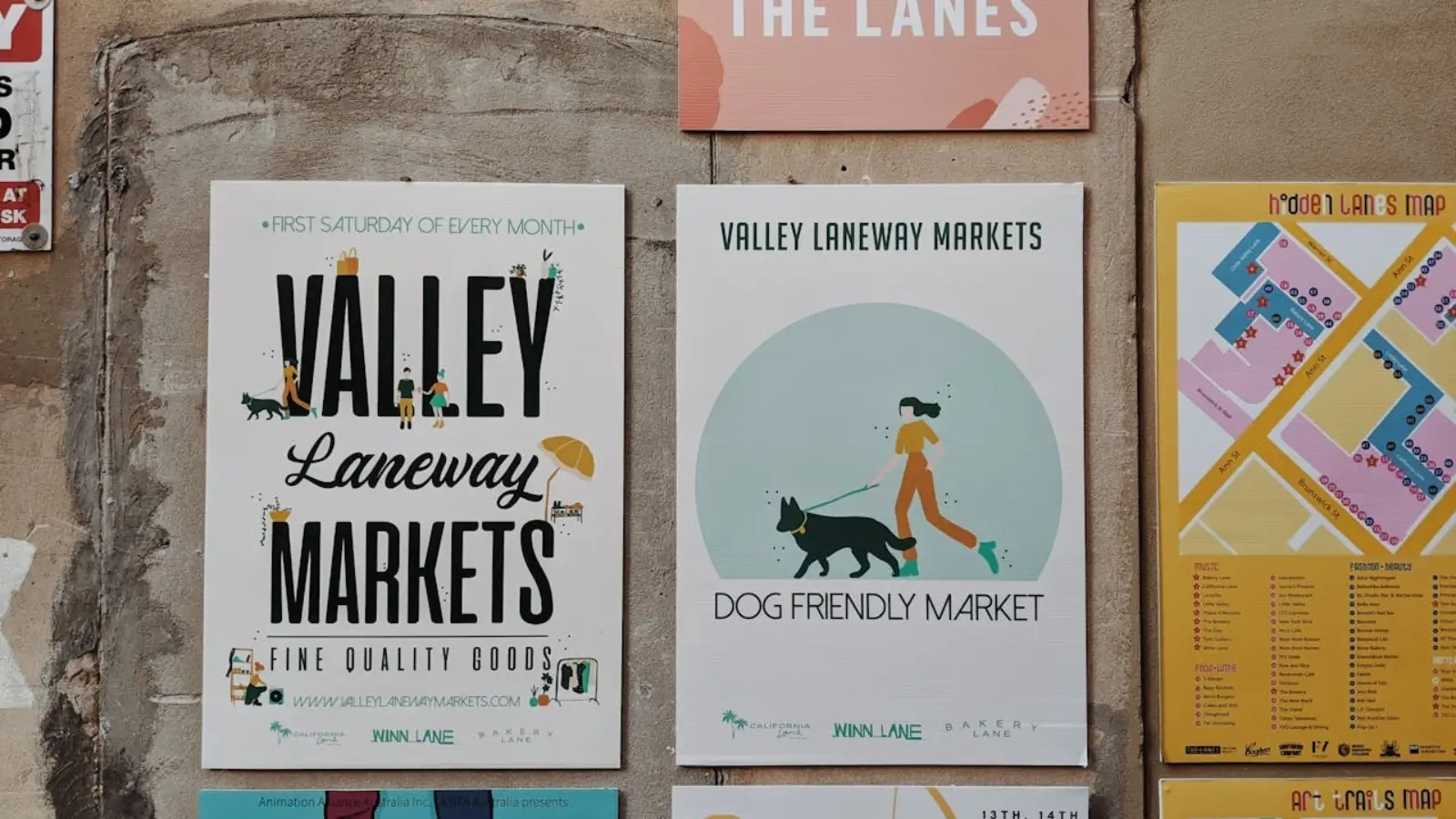


Posters are a timeless medium that transcends generational shifts in communication. They can inform, persuade, and inspire action with a single glance. Whether you are promoting an event, raising awareness about social issues, or advertising products, knowing where and when to use posters is crucial for maximizing their impact. This comprehensive guide from HelloPrint will delve into the strategic application of posters to ensure your messages resonate with your target audience.
Posters offer unique advantages that make them an effective communication tool:
In fact, studies have shown that physical advertisements like posters can enhance brand recall by up to 60% compared to digital ads alone.
To create a poster that has maximum impact, certain design elements must be considered:
Ensure the message is straightforward and easily understood at a glance. Use concise language and avoid cluttering the poster with excessive information.
Incorporate high-quality images or graphics relevant to your message. Visuals should complement your text and enhance overall comprehension.
Your poster should reflect your brand's identity through consistent use of colors, fonts, and logos. This builds recognition and trust among your audience.
Every effective poster includes a clear call to action (CTA). Whether it’s “Visit our website” or “Join us on this date,” make sure your audience knows what to do next.
Choosing the right location for your posters is crucial in ensuring they reach the intended audience. Here are some prime spots to consider:
These hubs attract diverse groups and are ideal for promoting local events or initiatives.
Colleges and universities are excellent venues for posters related to educational programs, workshops, or informational campaigns targeting students.
Public transportation venues have high foot traffic, making them ideal locations for advertisements aimed at commuters.
Placing posters in retail environments can promote sales or special events while engaging customers who are already in a buying mindset.
While this guide focuses on physical posters, consider creating digital versions for social media platforms or websites to extend reach.
Timing plays a significant role in the effectiveness of your poster campaign. Here are key factors to consider:
Aligning your poster campaigns with seasonal activities—like holidays, festivals, or back-to-school promotions—can enhance relevance and engagement.
If there are local festivals, fairs, or community gatherings, strategically placing posters leading up to these events will maximize visibility.
When launching new products or services, timing your poster release with marketing efforts can create a cohesive message that resonates with consumers.
Understanding your target demographic is fundamental when designing posters. Tailor your content based on:
Different age groups respond to varied design aesthetics and messaging styles. For instance, younger audiences may prefer bold colors and modern typography, while older demographics may appreciate classic designs.
Research what resonates with your audience's interests and values. For example, environmentally-conscious consumers might respond better to eco-friendly promotional messages.
Be sensitive to cultural nuances that may affect how your message is interpreted. Ensure inclusivity and avoid stereotypes that could alienate potential audiences.
Examining successful campaigns can provide valuable insights into best practices:
This campaign effectively used eye-catching posters in college campuses across the U.S., encouraging student participation in elections. The combination of bold graphics and relatable messaging drove increased voter turnout among young adults.
By personalizing their product packaging with names on bottles and utilizing posters featuring various names, Coca-Cola successfully created buzz around social sharing experiences that resonated with consumers globally.
To assess how well your poster campaign performed, consider these metrics:
Monitor foot traffic in areas where your posters were displayed before and after deployment to gauge interest levels.
Conduct surveys in conjunction with your campaign asking individuals if they recall seeing the poster and whether it influenced their decisions.
If applicable, track online engagement linked to digital versions of your posters—likes, shares, comments—especially if you included QR codes leading to further information online.
Maximizing the impact of your posters involves not only design but also strategic planning:
By implementing these strategies into your poster campaigns, you can drive stronger results and create lasting impressions among your audience.
Posters remain an effective medium when used thoughtfully; aligning design elements with strategic placement ensures you not only capture attention but also inspire action toward desired outcomes. The art of poster creation lies not just in aesthetic appeal but also in understanding the dynamics of human behavior—where people go, what they see, and when they engage can all be molded through careful planning and execution.